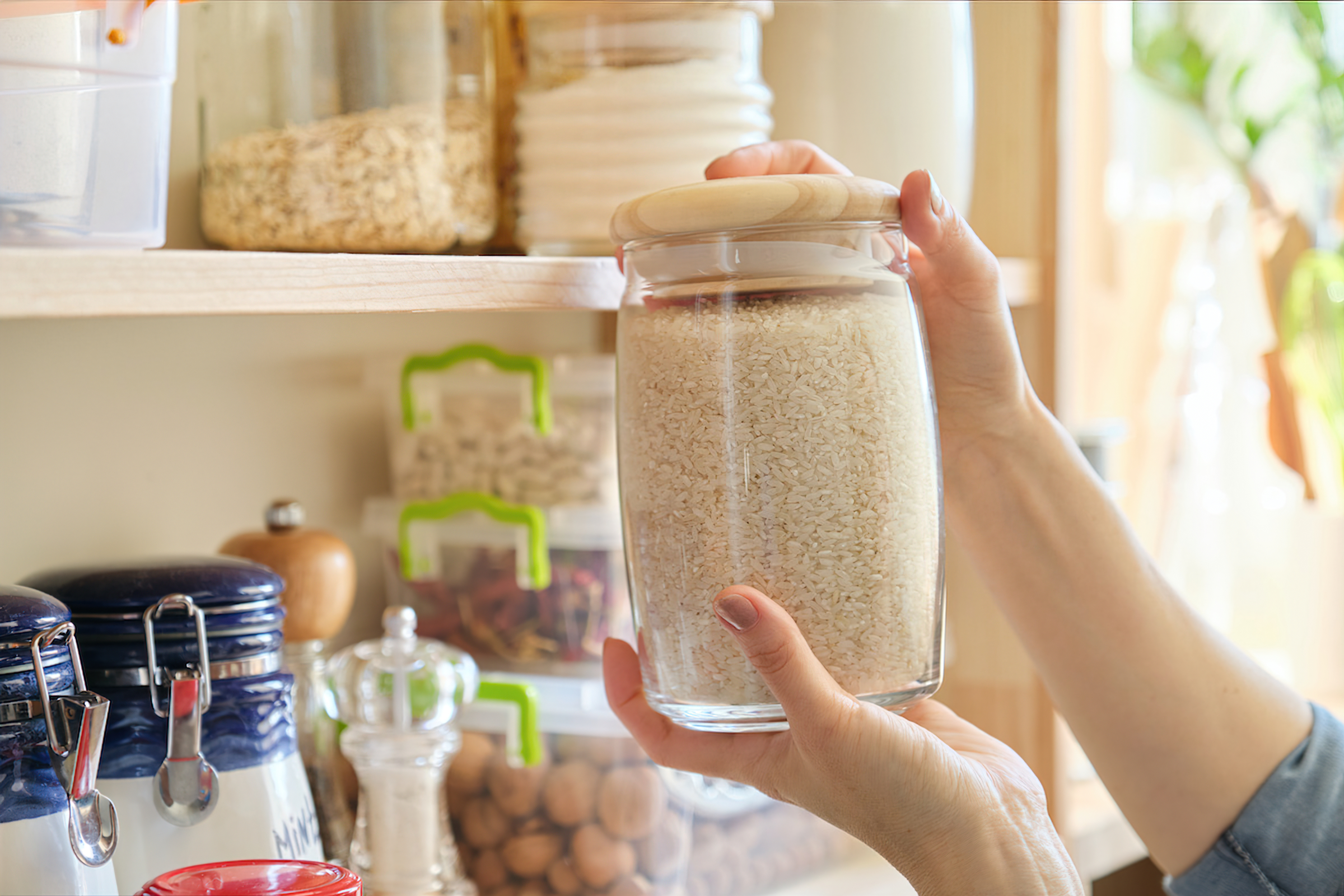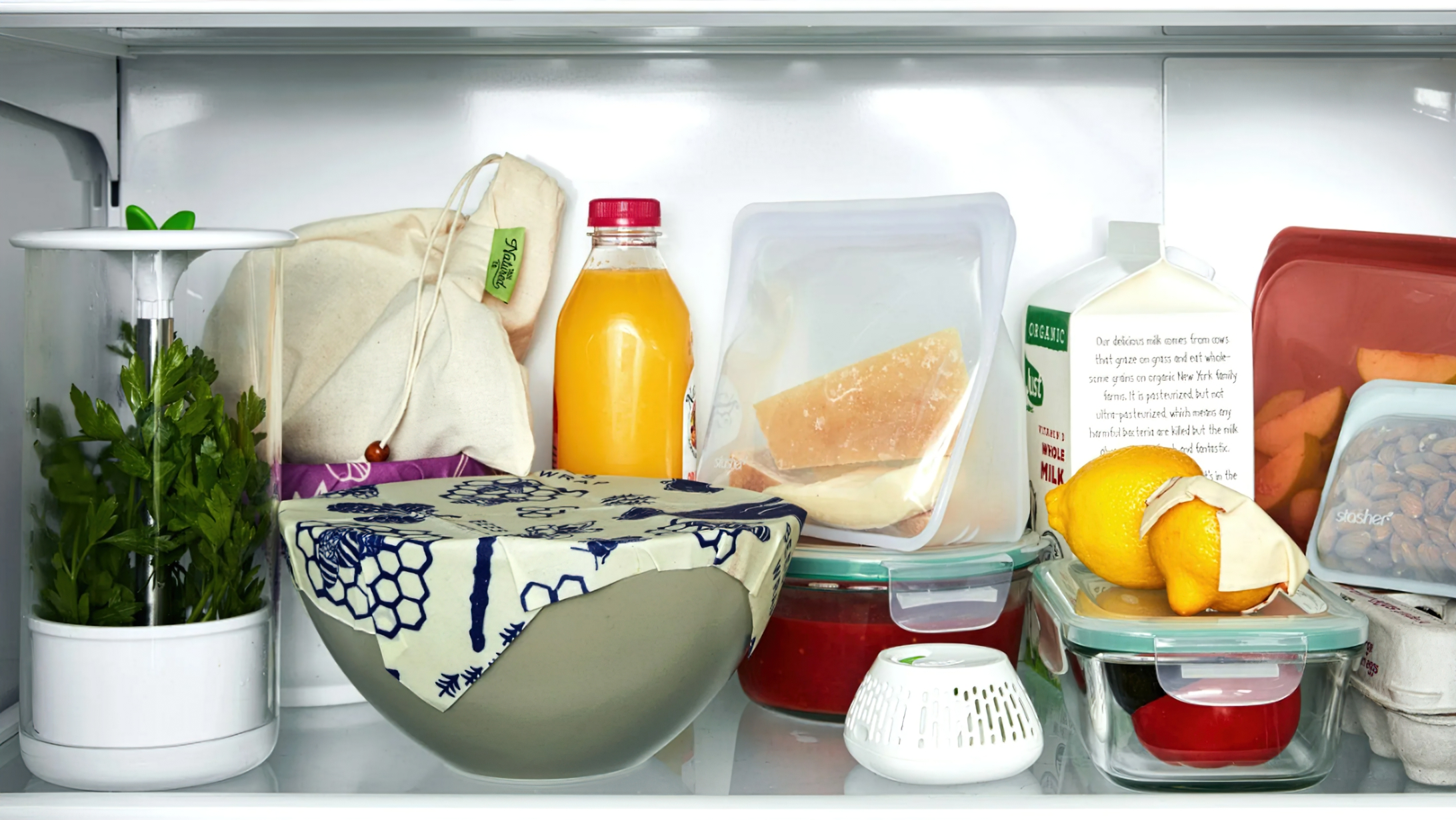Proper food storage is a crucial aspect of maintaining a healthy and efficient kitchen. It extends the shelf life of your ingredients, ensures optimal freshness, and minimizes waste. Here’s a comprehensive guide to storing different types of food effectively.
- Refrigeration and Freezing: Keeping Fresh and Extending Shelf Life
- Pantry Management: Dry Goods, Grains, and Canned Foods
- Refrigeration and Freezing: Keeping Fresh and Extending Shelf Life
- Pantry Management: Dry Goods, Grains, and Canned Foods
- Conclusion: The Art of Organized and Thoughtful Food Storage
Refrigeration and Freezing: Keeping Fresh and Extending Shelf Life
Vegetables and Fruits: While most vegetables prefer the cool, moist environment of the refrigerator, items like potatoes, onions, and garlic are best stored in a cool, dry place. Be mindful of ethylene-producing fruits like apples and bananas, as they can hasten the ripening of nearby produce.
Meat and Fish: For longer storage, freeze meat and fish in air-tight packaging. Always thaw safely in the refrigerator or cold water, never at room temperature.
Herbs: Store herbs like fresh flowers — trim their stems and place them in a glass of water in the fridge, covering them loosely with a plastic bag.
Dairy Products: Keep dairy in the coldest part of your refrigerator, not in the door where the temperature fluctuates.
Pantry Management: Dry Goods, Grains, and Canned Foods
Grains and Legumes: Store in airtight containers in a cool, dark place to prevent moisture and pests.
Nuts and Seeds: Their high oil content makes them susceptible to rancidity; store them in the fridge or freezer.
Flour and Sugar: Keep in airtight containers to prevent clumping and deter pests.
Canned and Jarred Goods: Keep them in a cool, dry place. Once opened, transfer any unused portions to a separate container and refrigerate.
Labeling and Rotation: Practice the “First In, First Out” method with your pantry items. Regularly check expiration dates and organize your pantry to use older items first.
By mastering these storage methods, you can significantly enhance the longevity and quality of your ingredients. This not only contributes to a more sustainable lifestyle but also ensures you always have the best quality ingredients at your disposal for your culinary creations.



